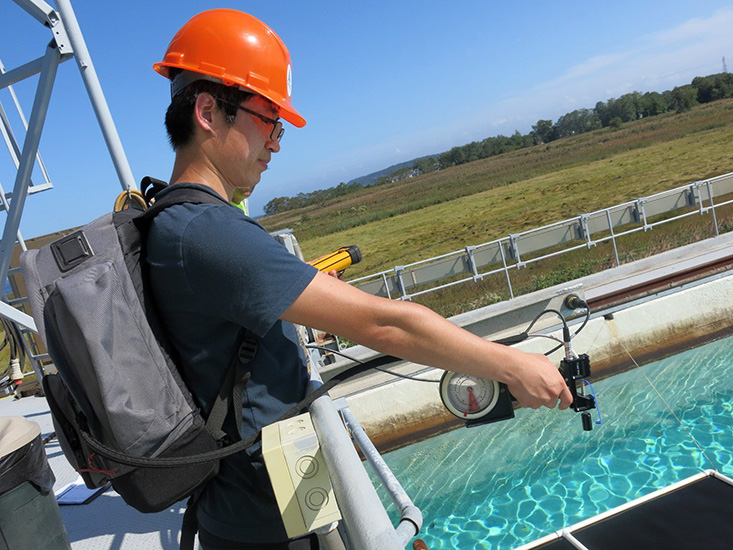Written By Nilde Maggie Dannreuther, of Mississippi State University and Stephanie Ellis for Gulf of Mexico Research Initiative (GoMRI).
ST. PETERSBURG, Fl – Scientists analyzed spectral images of surface oil slicks and proposed a new method to determine oil distribution and thickness when high resolution imagery is not available. Their initial version of a multistep scheme provides an algorithm that classifies oil as emulsified or non-emulsified and estimates oil thickness based on known oil properties. The team also identified challenges when interpreting remote sensing images, including changing observation conditions, the optical properties of oil and water, the complexity of the in situ environment, and interpretation validation. Additional factors that complicate interpretation of oil-water spatial and spectral contrasts include oil thickness, sun glint, mixed oil thicknesses within single pixels, and insufficient spatial and spectral resolutions.
